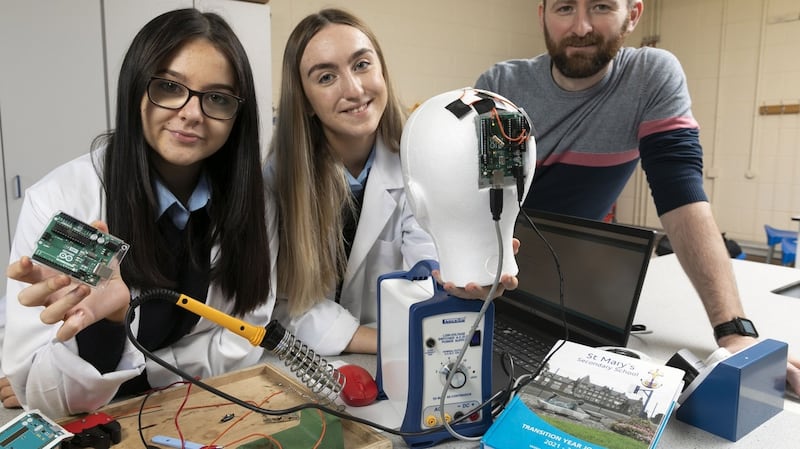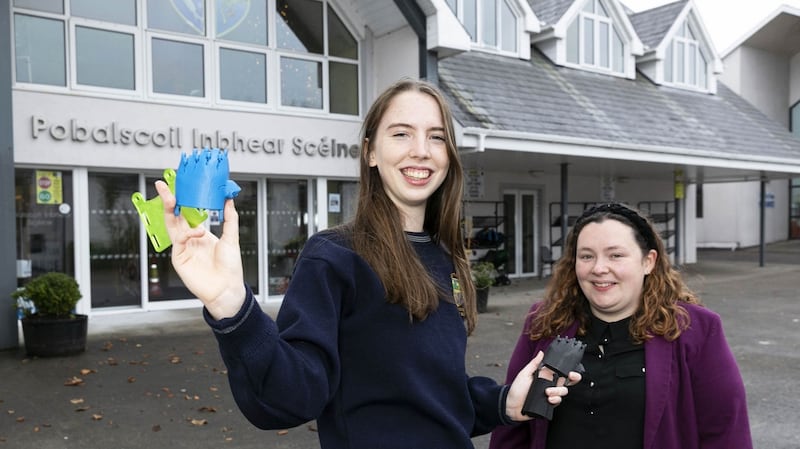Under-representation of girls from disadvantaged backgrounds in science, technology, engineering and maths (Stem) needs to be addressed, according to Minister for Further and Higher Education Simon Harris.
He commended the Bright Futures in Technology initiative run by Connecting Women in Technology (CWIT), which brings together figures from the world of technology to share their experience with second- and third-level students, teachers, lecturers, parents and the public.
Opening the virtual event coinciding with the BT Young Scientist & Technology Exhibition, he said it was spotlighting important stories from such a vital sector “in meeting the needs of our evolving economy and contributing to an inclusive society”.

Unfortunately, Mr Harris said, research shows the group that remains most under-represented in Stem is girls from socio-economically disadvantaged backgrounds, though exclusion was also evident with other groups.
He added: “Exclusion is not just an issue for women; we must also remember that there are many under-represented groups when it comes to careers in Stem – those from socio-economically disadvantaged backgrounds, people of colour, those with disabilities, migrants and the LGBTQ+ community are all under-represented.”
There was a need to work together to open the doors to all groups and insist change happens, Mr Harris said. “We need to ensure all members of our society can contribute ideas – inclusive thinking means that we are far more likely to find good solutions to the challenges we face now and indeed the challenges we will need to address in the future.”

He commended existing programmes providing upskilling and reskilling opportunities in Stem careers including Springboard+ and Human Capital Initiative Pillar 1.
There was still a long way to go, however, with only about 15 per cent of students enrolled in ICT programmes in higher education being female. “We need lots of different role models to be visible and to show the next generation that they can also follow their dreams in science – that everyone is entitled to contribute ideas and provide solutions.”










